I take pictures to tell stories. Mostly happy stories; births, families, milestones, weddings, and everything in between. But I think its just as important to tell the stories that are sad, and even the ones that hurt. Here are some tips about how to photograph grief.
My Grandpa Hale passed away in June of 2012. I had only been doing photography for about 2 years at the time and for some reason I decided to take pictures as we celebrated his wonderful and long life. We called him “Big Daddy” and I learned a lot about his life at his funeral.
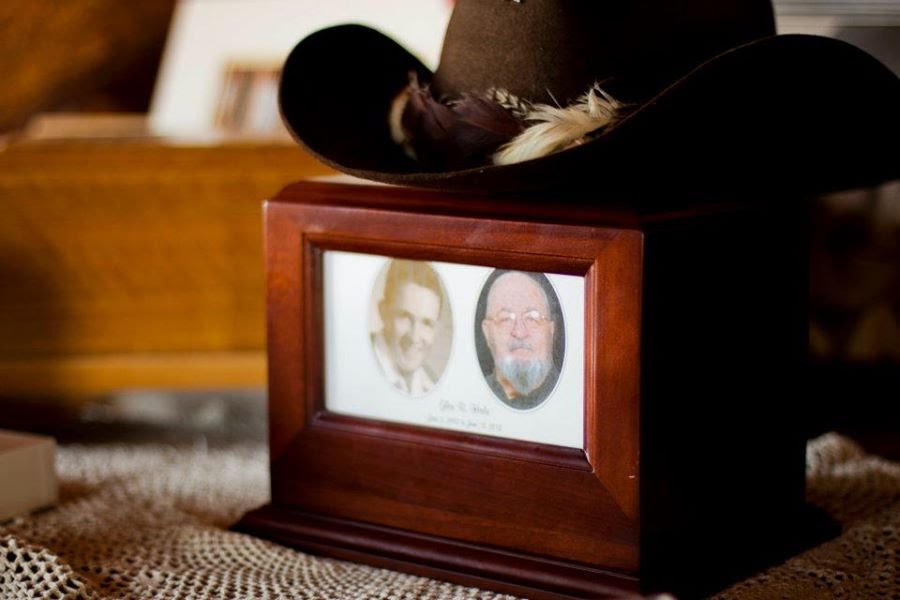
His 3 sons all remember him saying “Nothing ventured, nothing gained.” which was his life to a T. To the end him and my grandma were always doing things that seemed just a little crazy, like traveling across country in an RV or opening an art gallery featuring my Grandma Veda’s beautiful paintings of Southern Utah in small town Panguitch. I learned that his life probably ended a few years earlier than it might have if he’d given up drinking his chocolate milk. And I came to appreciate even more the wonderful legacy of love and faith that is the foundation of my life.
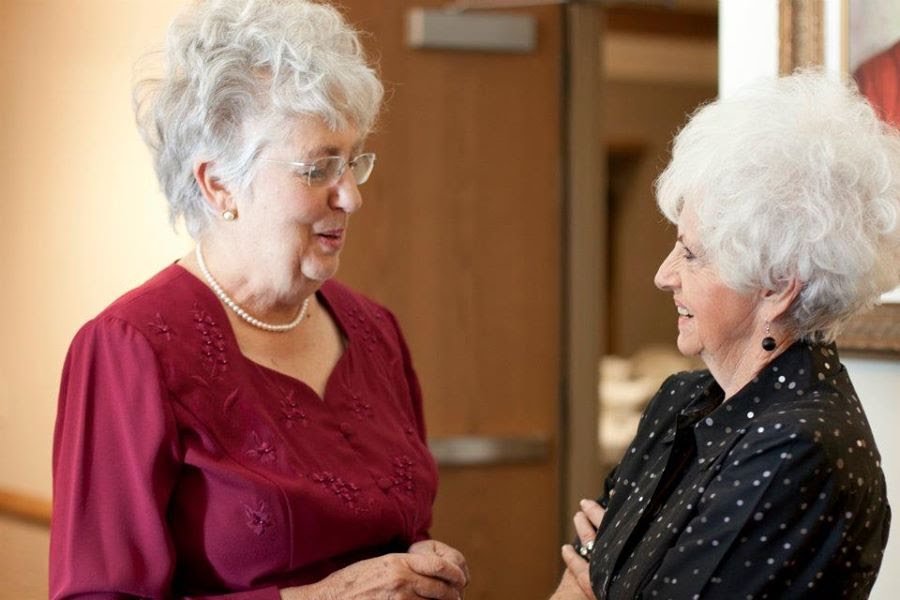
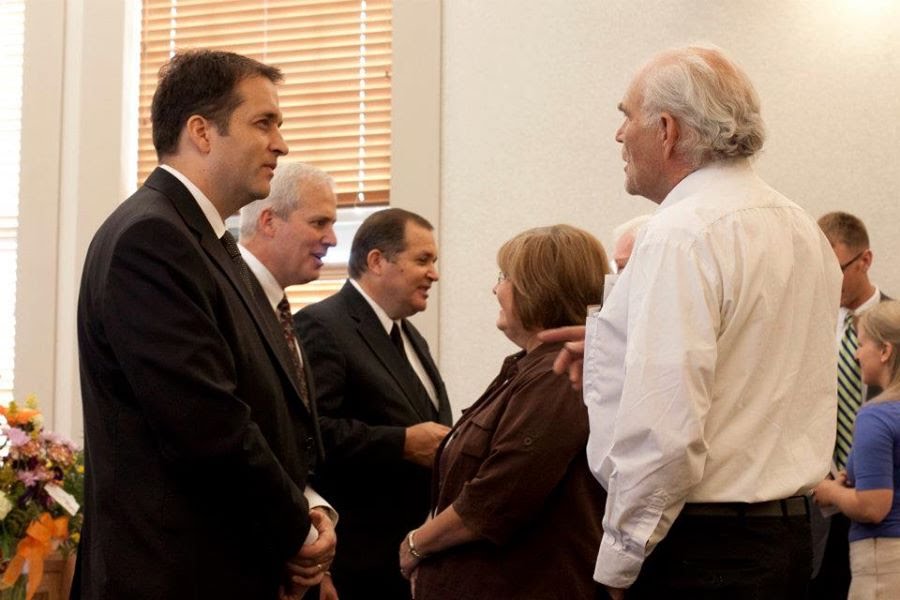
When I got home and downloaded my memory cards I was blown away by the images I’d captured. There was a lot of sadness and pain, but there was also a lot of joy and love. The story that was told was raw and poignant, but it was also beautiful.
Barely a month later I was at another funeral. This one was very different. It commemorated a life that had ended much too soon and very suddenly. My best friend David was in a motorcycle accident and died suddenly at the age of 23. I didn’t take any pictures at his funeral. This one hurt a little too much for me to be thinking about picking up my camera and I regret it more than almost anything else.
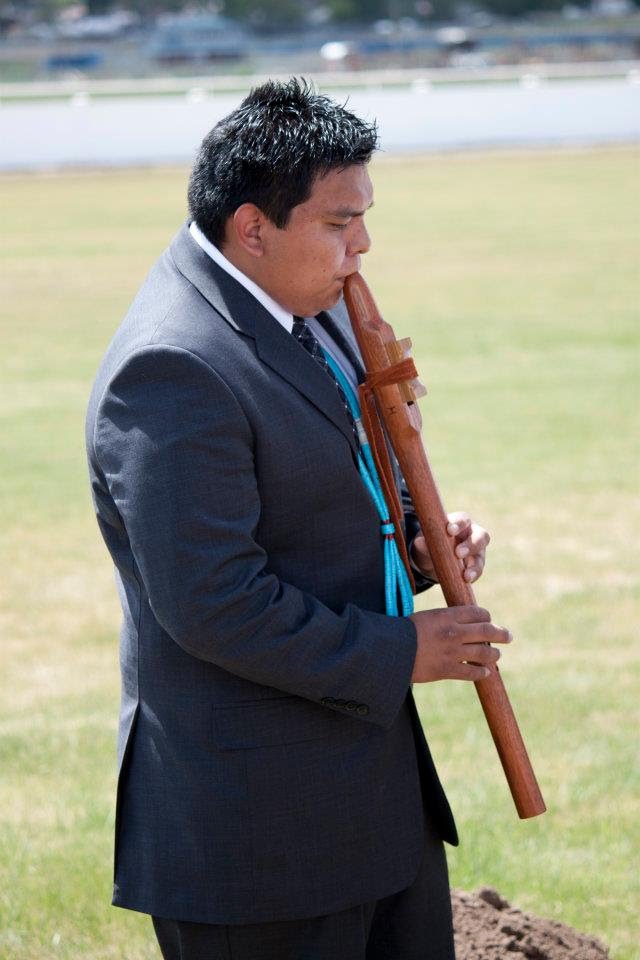
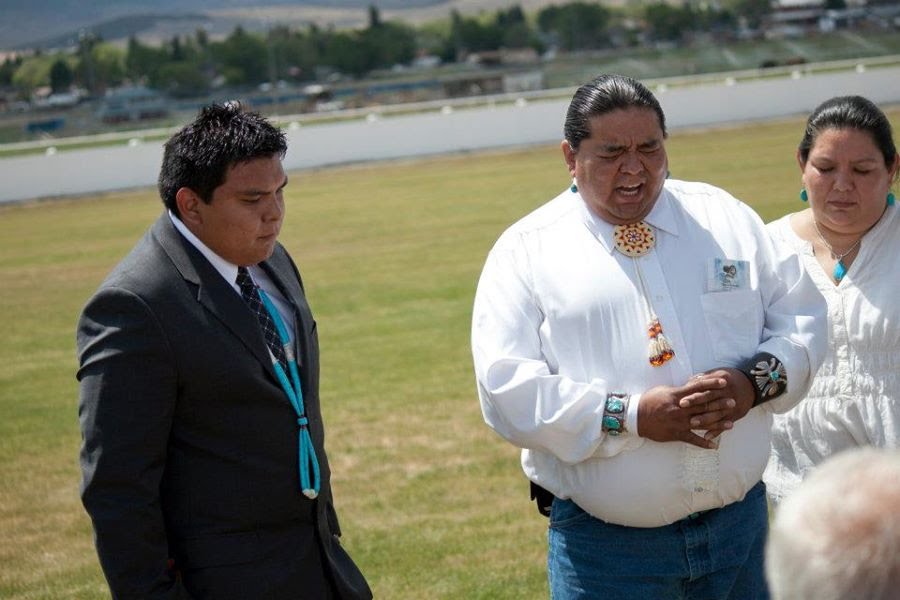
At the time I was feeling too much. Too much to really be able to stop and process the things that were going on around me. Too much to remember all the tender mercies that came in the midst of all the hurt. I wish more than anything that I had pictures to take me back and help me remember and process that difficult time.
Since then I have photographed 3 more funerals. The hardest was for a friends baby that spent only 5 weeks on earth before being called home suddenly due to SIDS. And two young mothers taken by cancer much too soon. I don’t charge for this service and only offer when moved by the holy spirit, but just in case you find yourself photographing a moment of grief here are a few guidelines.
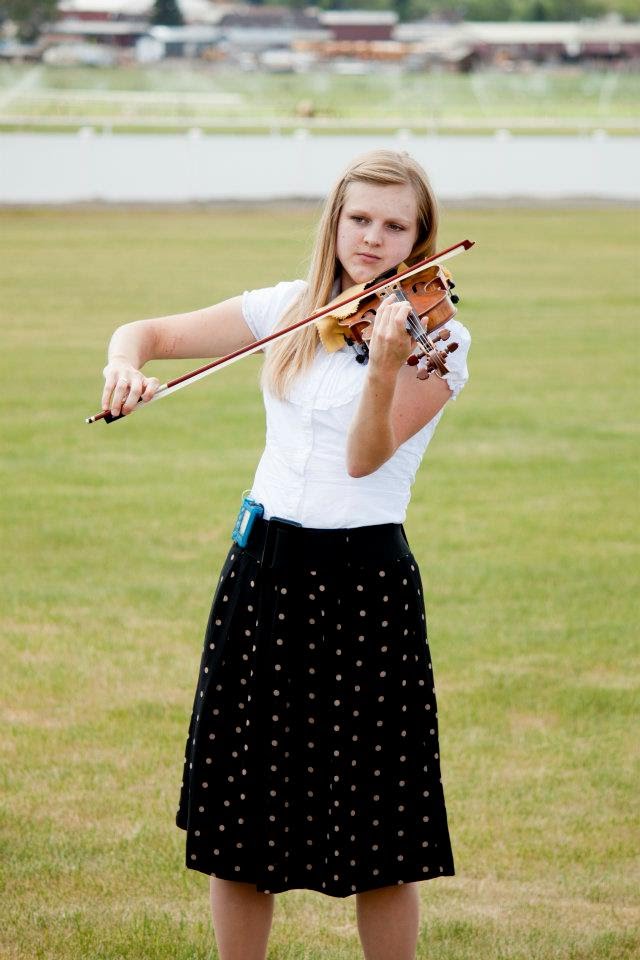
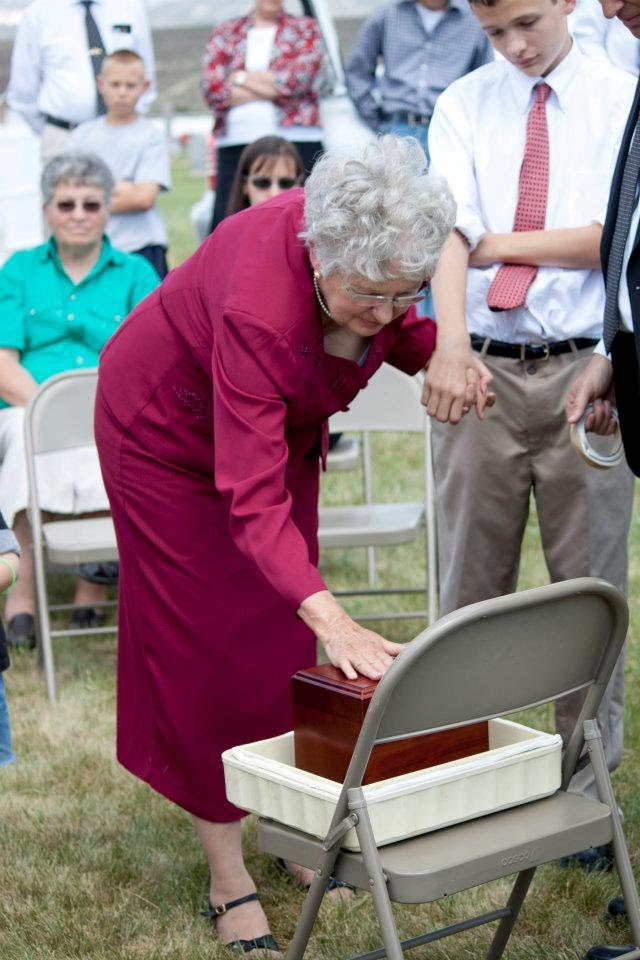
#1 Ask the grieving what they want and set expectations
When I offer my services to photograph grief at memorial service and a family accepts I don’t like to bog them down with too many questions immediately. Its hard to know what you want in such a moment so help them out by setting clear expectations. Tell them what you’ll be photographing; like the flower arrangements that have been sent and people as they come through the recieving line. Tell them what kind of lens you’ll be using and how it allows you to photograph from afar so you won’t be invading anyone’s space. Tell them what parts of the service you will be photographing, or wont be photographing, and suggest they inform close family and friends that a photographer will be present so no one will be surprised.
I usually try to arrive to the viewing early and ask the next of kin at that point some specific questions that will help me serve them in the way they want to be served at such a sensitive time. I ask things like:
- Would you like pictures of the deceased?
- Is there anything you wouldn’t like me to photograph?
- Do you want any family pictures?
- Would you like me to stay for the closing of the casket?
The hardest part of photographing a funeral is not wanting to impose on anyone’s grief if they’d rather be left alone. The best way to alleviate this is simply by asking what they want and what is important to them.
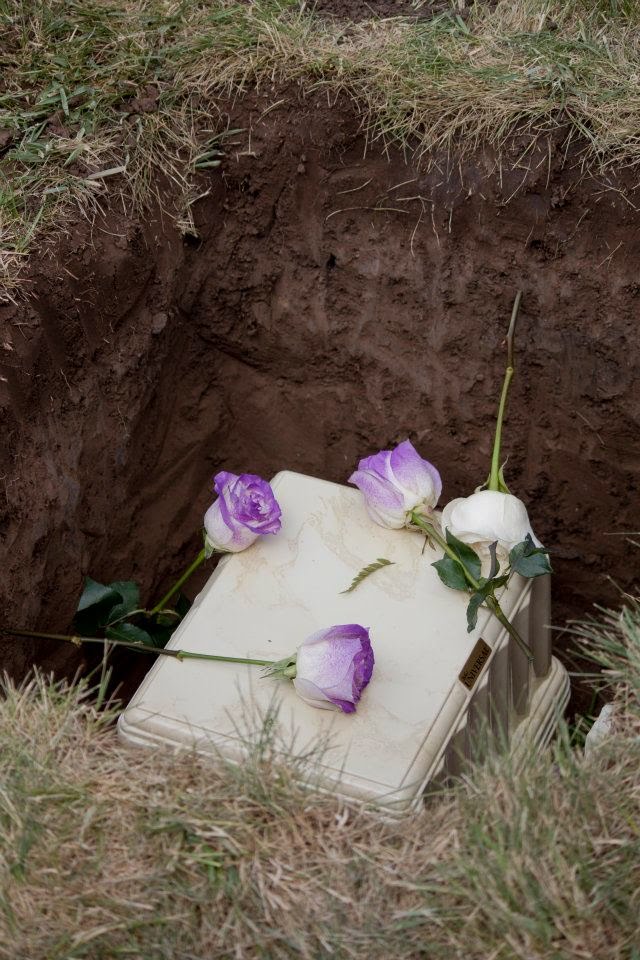
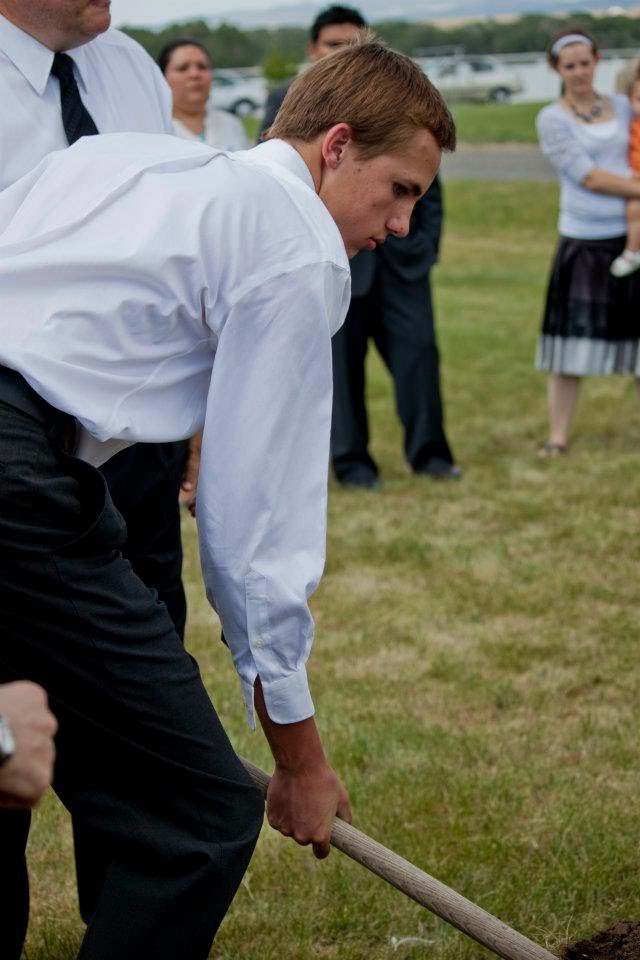
#2 Work with the utmost respect
Never forget where you are and what is means for the people around you. This is a difficult time for them, perhaps the most difficult moment of their lives. Never forget that. Speak with kindness, patience, and love. Focus 100% on them and their needs.
Respect the workers from the funeral home and defer to them always.
If you knew the person well, share in the grief, talk to other funeral goers and reminisce. If you didn’t know them well, get to know them. Listen to the stories people are telling and use your art to celebrate their life.
Pay attention to the people you’re photographing. Try to work quickly and discreetly so people don’t even realize they are being photographed so they don’t feel awkward if they need to cry. If someone seems uncomfortable by your presence respect that and don’t take pictures of them.
NEVER POST THESE IMAGES ON SOCIAL MEDIA. Unless you are photographing a close family member’s funeral and have that kind of decision making position, never publicize someone else’s grief. This moment should be private for them and not a marketing moment for you.
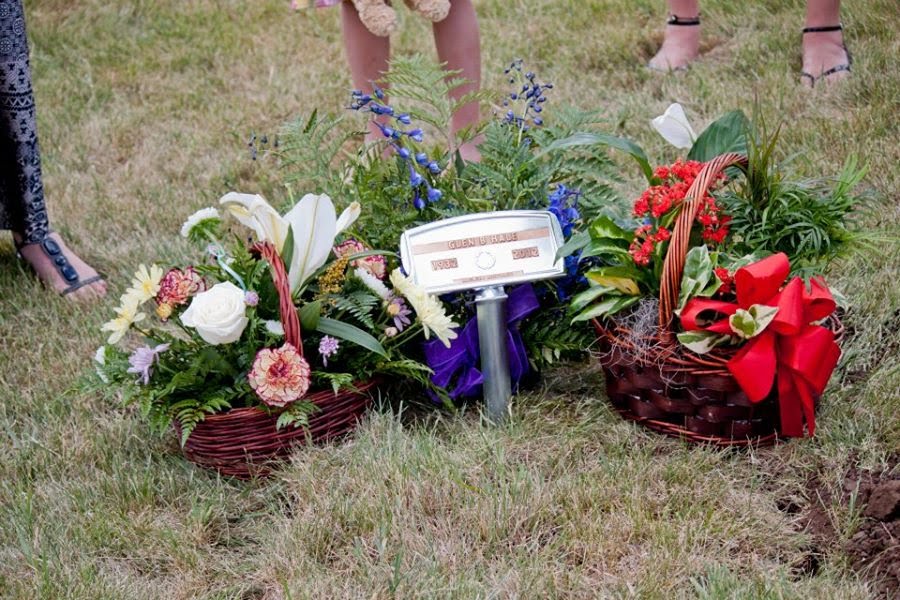
#3 Deliver images quickly and in a stress free way.
Don’t ever make the grieving family track you down for these images. Edit them as quickly as possible and deliver them in the most stress free way you can. I try to have images edited within 3 days so they don’t have to wonder when they will get their images and they won’t be triggered by the images because its been too long. I deliver via an online gallery they can easily download at their convenience and share with close family who may also want access to the images. I usually give them one month from when I deliver their gallery link to download their images in case they need a little time before they are ready to look at them.
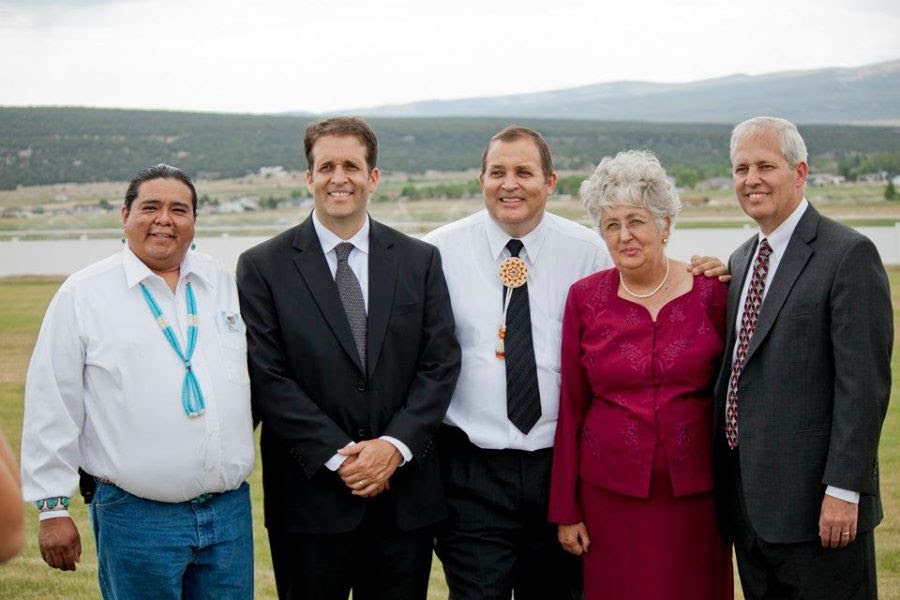
#4 Love. Always Love.
As long as you always work from a place of love you can’t go wrong. I always feel a little sheepish when I offer these services, I mean, who thinks to have someone take pictures at a funeral? But in each case the grieving family has always expressed appreciation and gratitude for the pictures.
If you feel an impression to serve a grieving family in this way please don’t hesitate to follow it. Life is full of ups and downs, moments of joy and moments of sadness. But each moment is a part of our story. They are what make us who we are and that makes them, the ups and downs, beautiful.
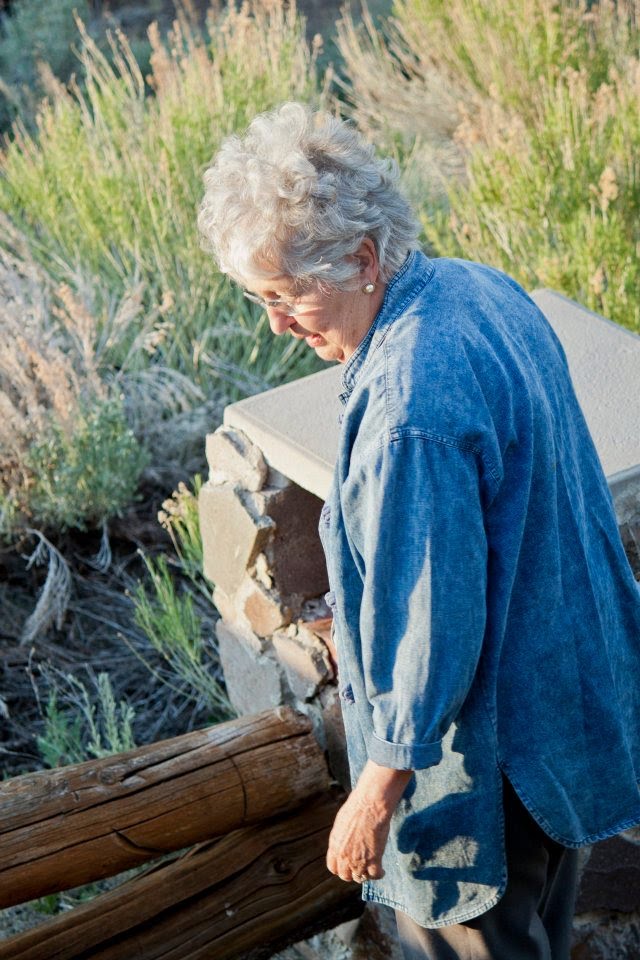
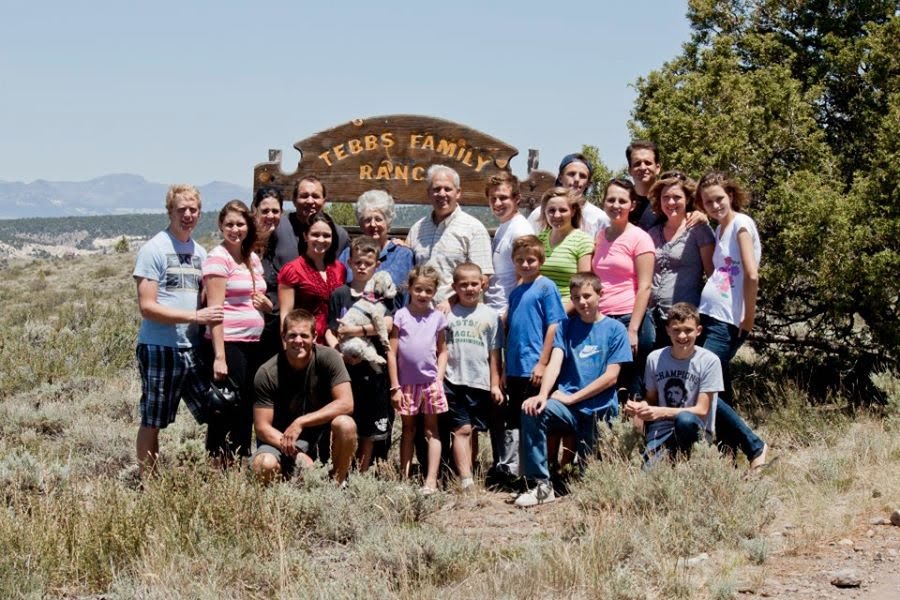
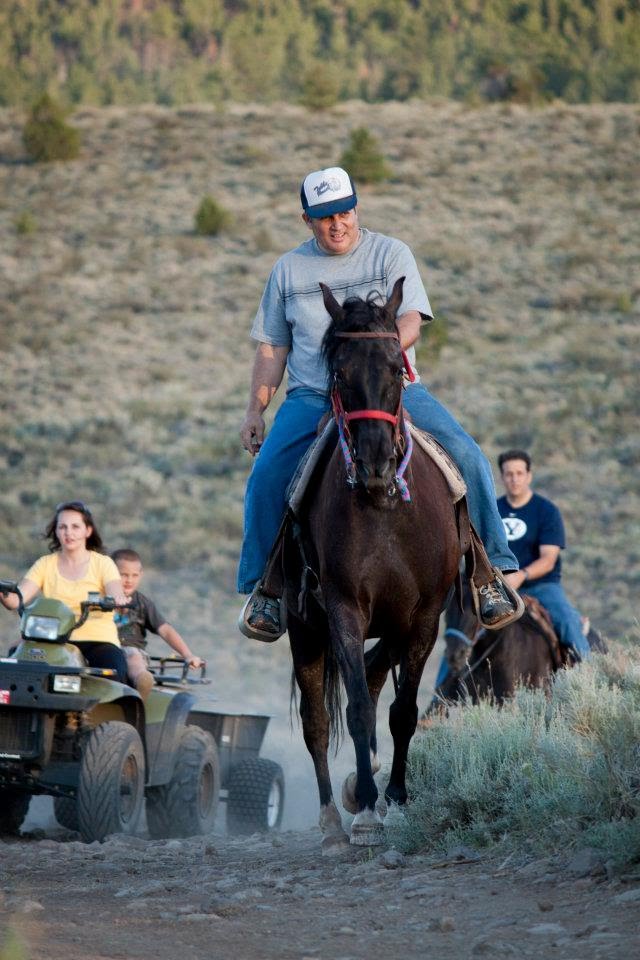
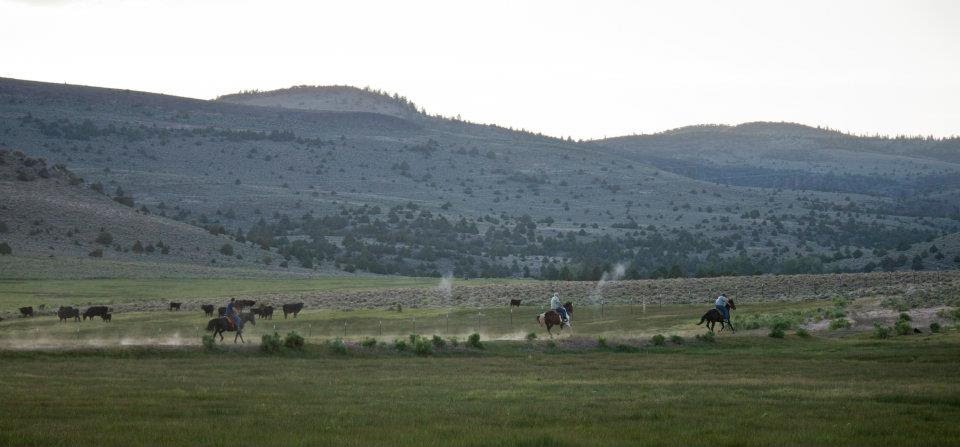
Grandpa’s 3 sons galloped across the family ranch to scatter his ashes.
I’d love to work with you! Contact me to book your session! Check out more of my portfolio and stay up to date by following me on Instagram.


